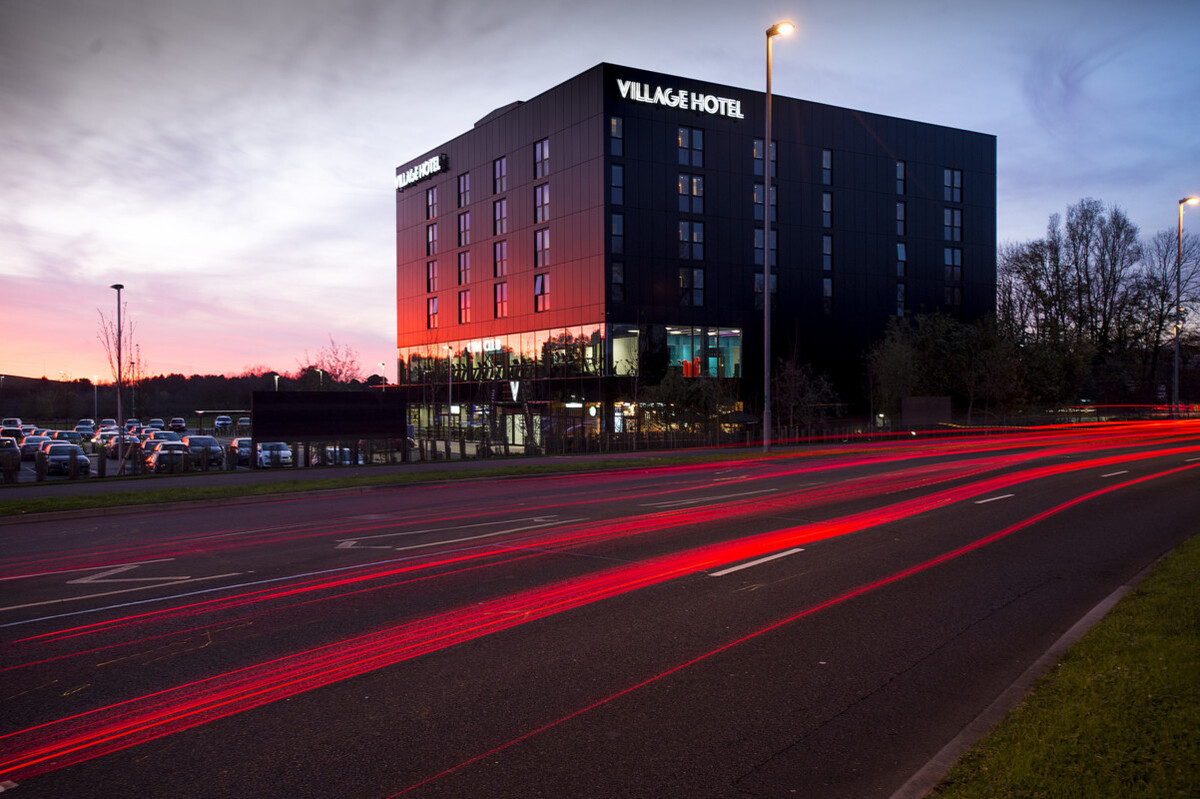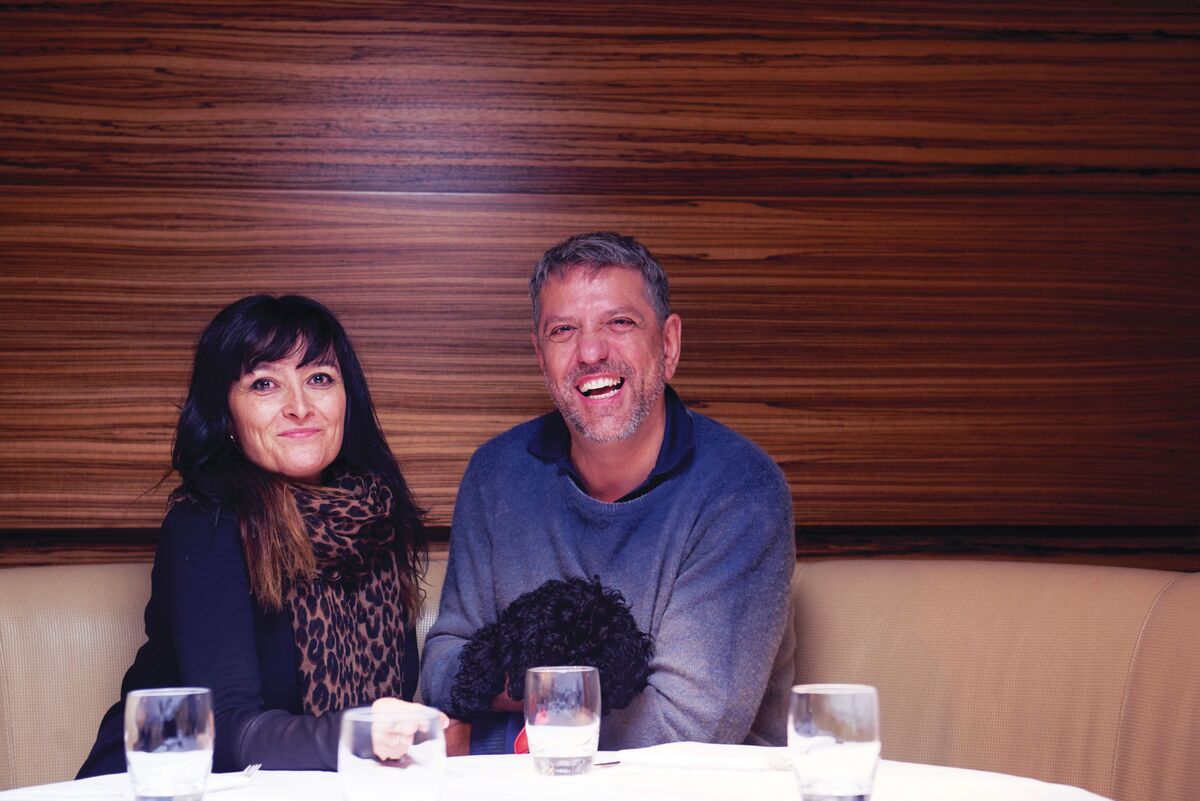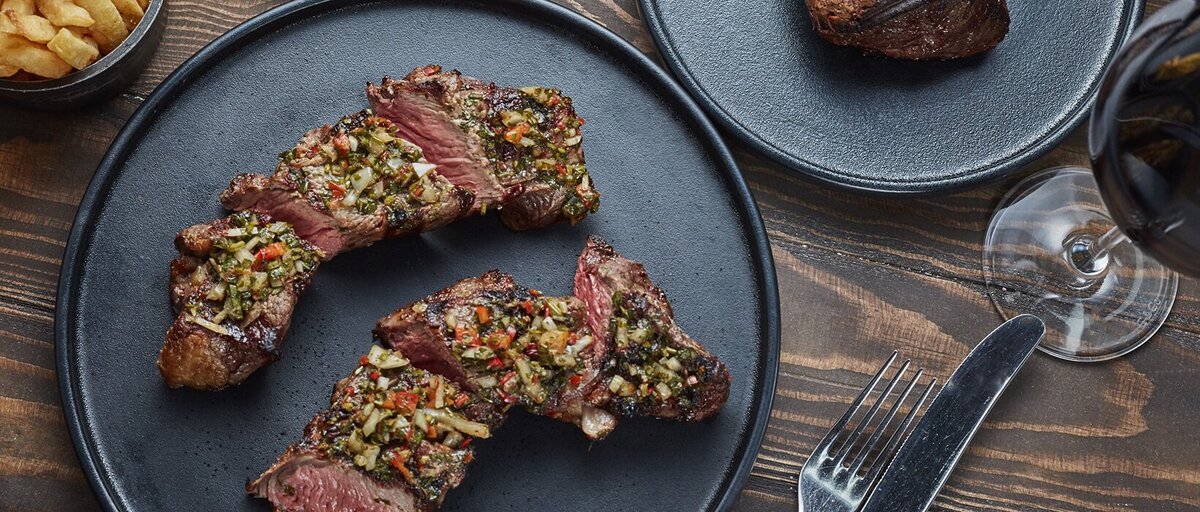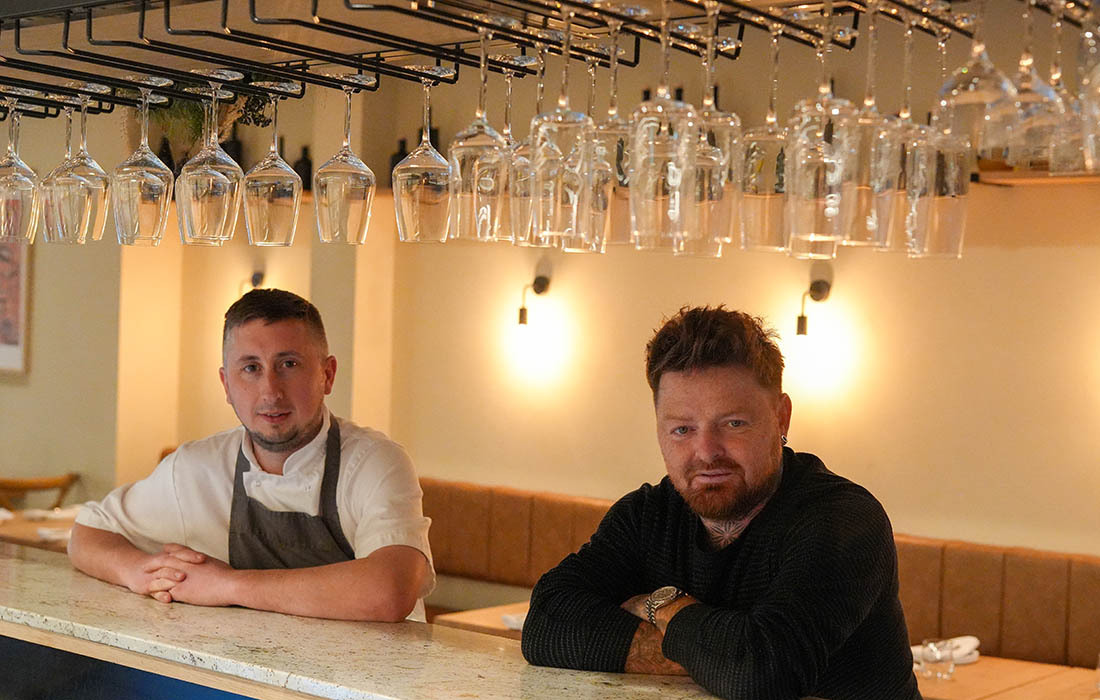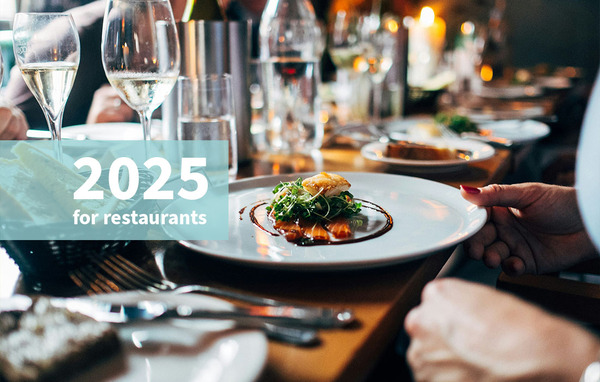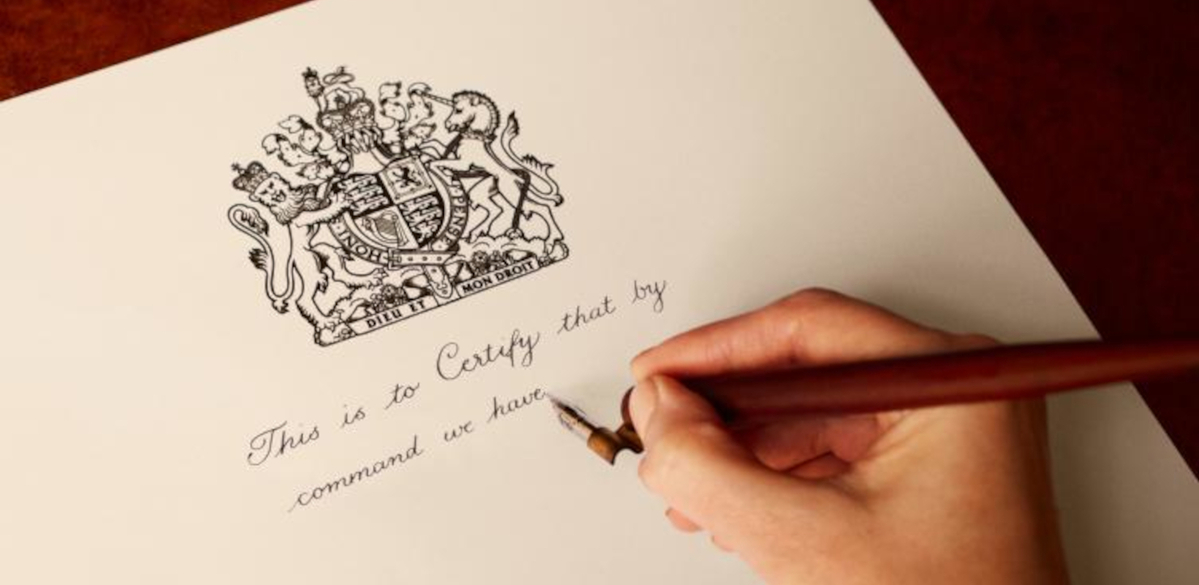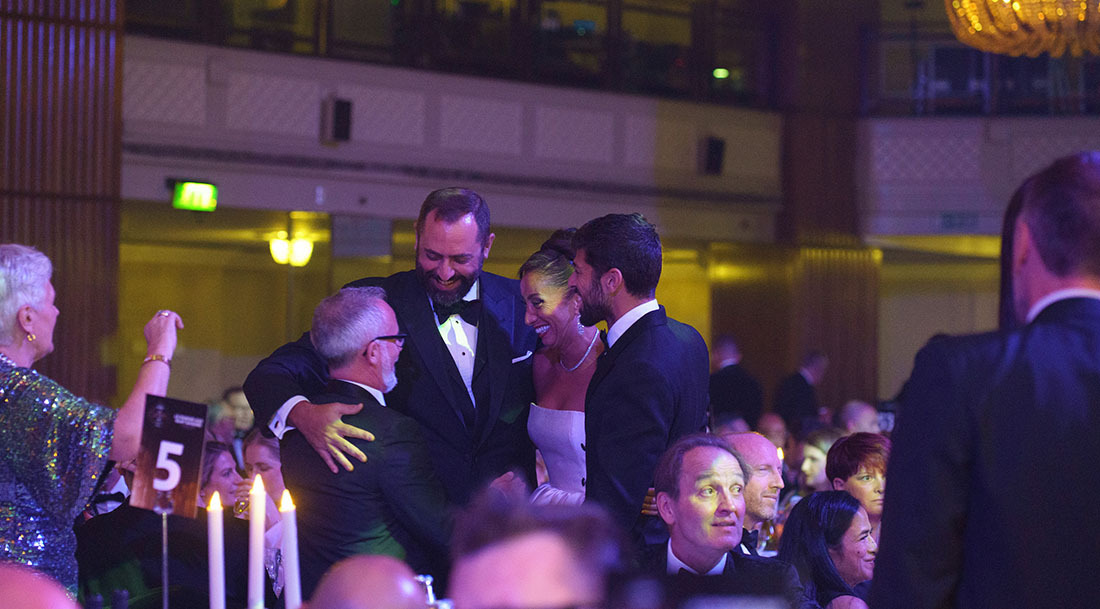Viewpoint: What your EHO is really thinking
When red tape gets in the way of adequate food safety inspections, there's something very wrong with this system, says Mike Stigwood
As a food safety expert, catering designer specialising on minimising food safety issues and ex LA-based environmental health officer (EHO), I feel compelled to criticise my profession. The EHO has become more like the Thought Police from George Orwell's Nineteen Eighty-Four.
Historically, EHOs helped you with problems and answered questions. Dare to raise an issue now and your rating may suffer. Any appeal is through the EHO's employer, who judges their performance. Appeal your rating, and an EHO typically decides without further reference to you on the correctness of the inspection. Legal challenge is not, in practice, possible as you cannot cross-examine their evidence.
In my experience, EHOs simply operate behind closed doors, denying mistakes, changing what's written, stating there are other findings not recorded and altering facts without any test of truth. Some incorrectly state breaches of laws that they do not enforce, or of matters not covered by law, and even conclude that the most minor issues are offences; for example, cleaning issues caused during food preparation while those foods are still being prepared. The courts apply a pragmatic approach to such matters, but often some EHOs do not.
Consider a conscientious operator with separate cooked and raw equipment and areas, operated by separate, well-trained staff with modern equipment; who regularly updates documentation, thereby minimising the risk of food poisoning. They get marked down from five to three because their paperwork is not in one folder, the hot water was ‘too' hot, just-washed trays were damp, foods were stored in a blast chiller and there was no gas safety knock-off button.
In comparison, a small nearby restaurant with mixed cooked and raw preparation, one wash basin, no blast chilling, contamination dripping onto worktops, paperwork not reviewed for three years and food cooked two days in advance by staff moving from raw preparation to cooking is awarded five.
This disparity can be summed up by the largest fine in food safety history of £1.5m applied to premises rated five, where someone died from food poisoning. The EHO promoted it as safe despite them not having the capability to cook and chill the quantities of food sold, presumably as they lacked the skills to understand the true risks.
There are many examples of poor understanding by EHOs, such as sous vide, where a majority class it as dangerous because food can be cooked a low temperatures. Some EHOs believe bacteria grows at temperatures in 50°C-plus or just below 60°C, so it's viewed as unsafe simply because the EHO does not understand the science. In one example, a business was reduced from a five to a one for using sous vide, even though they cooked all their foods at 70°C-plus.
As far as I can tell, there is no evidence that high-rated premises present a lower risk of food poisoning. Further, premises rated zero, one and two often continue uncontrolled for years. More alarming is evidence of EHOs being told not to create work by finding problems, and thereby rating premises higher.
The biggest issue is widespread misunderstanding of what really increases the risks of food poisoning. It appears the paperwork matters more than practice. Paperwork serves to protect the business, but does not cause or prevent food poisoning, whereas safer operating practices most certainly do. The government needs to listen and act before the role of the EHO degrades to the point that respect is lost forever.
Mike Stigwood is a director at environmental health consultancy MAS Environmental



